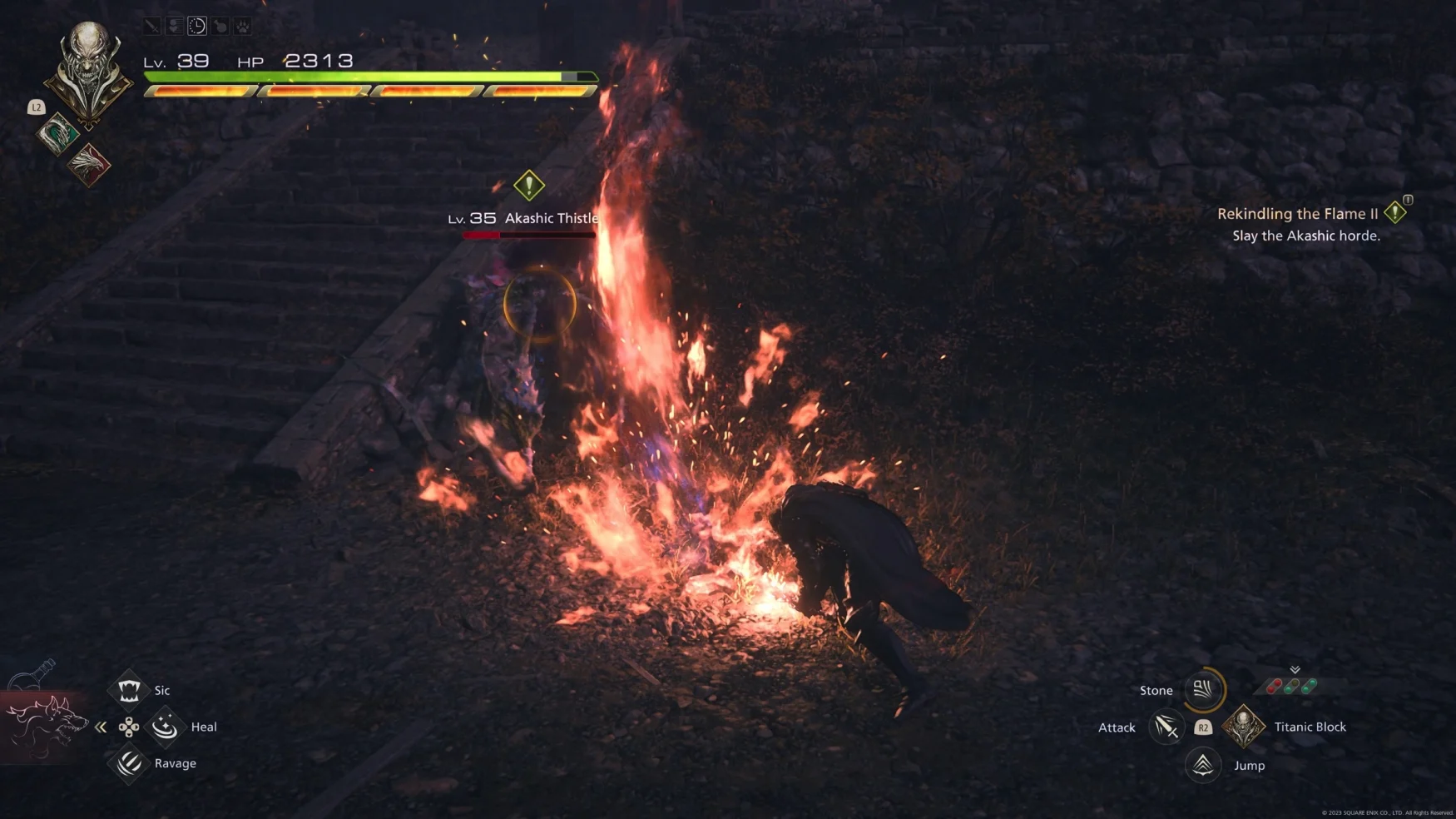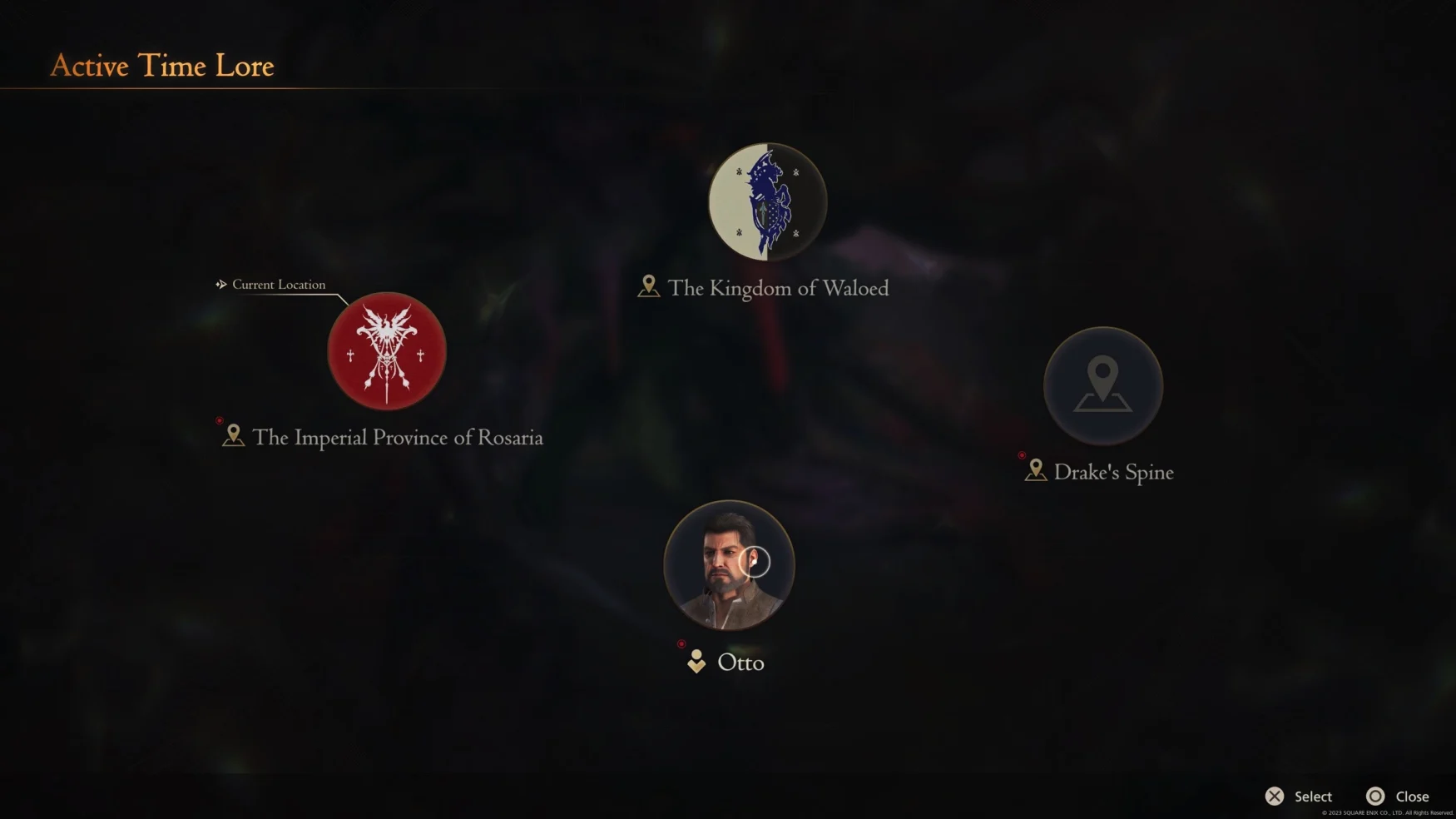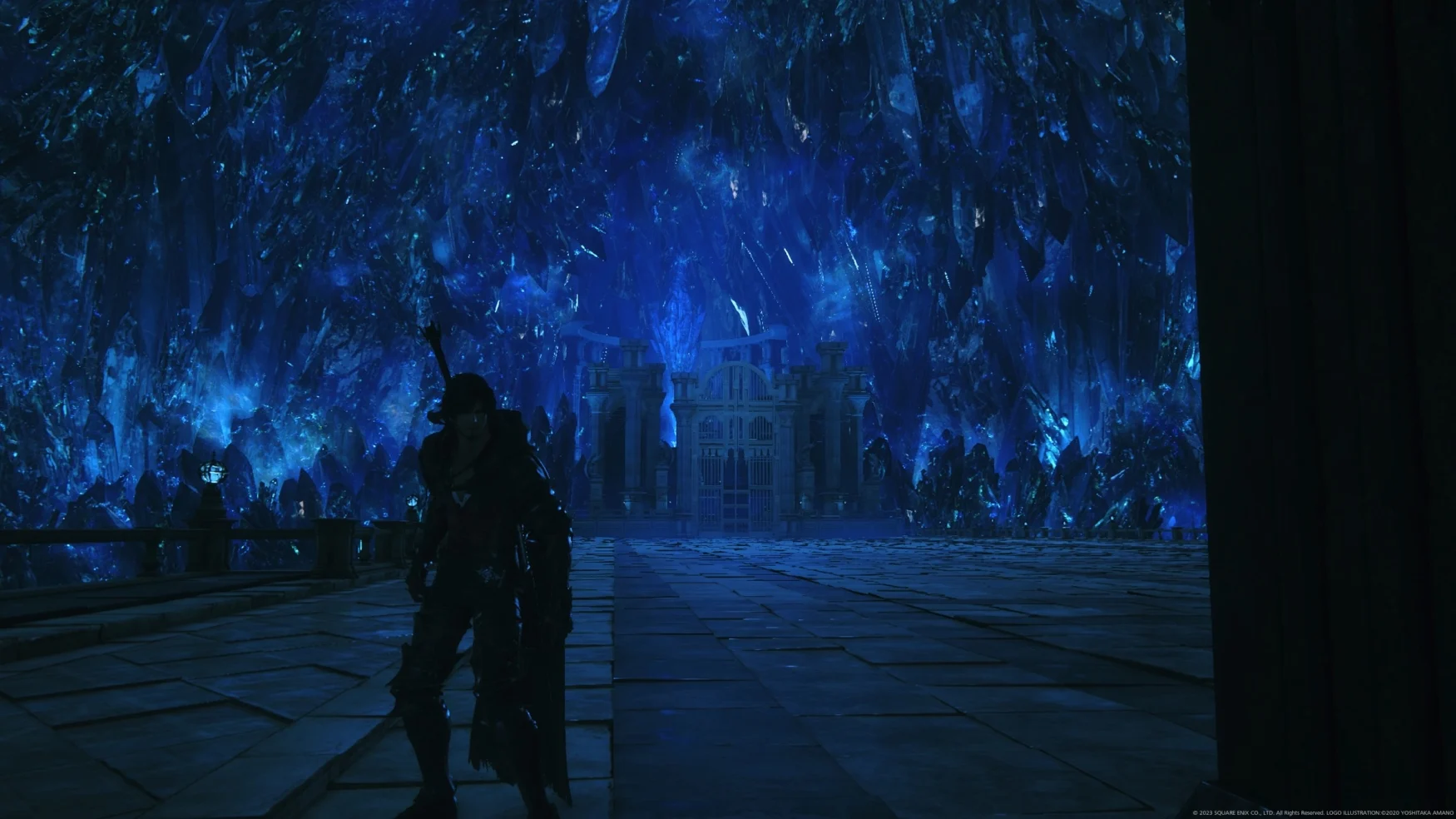Final Fantasy XVI review: A welcome dramatic turn for the series
Within the opening hours, we meet Clive, his sickly (but ‘chosen’) younger brother Joshua and their childhood friend, Jill. Clive and Joshua’s mother, the Cersei-styled Anabella Rosfield, swiftly betrays her family and the entire nation. The leader, her husband, is slaughtered in front of Joshua, whose latent powers as a dominant fully awakened due to this trauma. Arguably even more harrowing, a chocobo (the game series’ giant bird mounts) gets bricked in the head and someone kills an owl. This all happens in the span of a couple of minutes.
In the form of the giant fire Eikon (elemental deity), Phoenix, Joshua burns enemies and allies alike to ash, and as Clive watches, horrified, he somehow unleashes a new, never-before-seen Eikon of his own, Ifrit, who has a surprisingly grisly encounter with Phoenix. Clive wakes up with no memory of this, however, while a foreboding figure in a hood watches all of this unfold, So yeah, the perfect pilot episode of a fantasy series on HBO. The superb voice acting and writing really helps sell the melodrama and seriousness of the story. For a series often criticized for cliche or awkward translations, this is all so much better. The voice actor for Cid is Ralph Ineson – who was even in GoT. Get ready for lots of Yorkshire accents: It’s time for all to learn what “ta-ra” means. Square Enix notes that, even if you pick the Japanese language setting, the game’s lip sync is set to the English version.

If you haven’t played a Final Fantasy title before — and Square Enix is positioning this as an action game for that kind of player — Ifrit is usually a run-of-the-mill summonable demon. He’s rarely a crucial plot pivot, so it’s cool to see the series subvert expectations and pay tribute to the games of the past. There are lots of Easter eggs like this, both subtle and obvious.
The crystal theme, originally penned for the first Final Fantasy game on the Nintendo Entertainment System, is remixed and dropped in during multiple points of the game, while Cid (a character found in every FF game, either as a non-playable character or party member) has a daughter called Mid — a reference to the grandson of Final Fantasy V’s version of Cid.
While other games, including spin-offs and Final Fantasy XV, have touched on real-time combat, Final Fantasy XVI goes all in. It’s dangerous new territory for a series with some die-hard fans, but possibly a necessary move to attract a new audience.
But it’s not Devil May Fantasy. It doesn’t appear to be a particularly deep system on either the default or story-centric difficulties. I found myself leaning on abilities I knew could do sustained damage, doing well-timed dodges and countering.
There are layers to battles – but they’re easy to ignore. Mid-game skills like the ability to jump and then kick-off an enemy, or launch yourself into the air with a pull attack normally used to sling smaller enemies toward you, offer some more vertical approaches to combat. However, I rarely needed to figure this out during battles, and it was more about relentlessly attacking and paying attention to incoming attacks that enemies usually signposted. Clive will bolster his initial fire attacks, courtesy of Phoenix, with skills from other Eikons, adding new forms of attack or counters. If there’s some kind of elemental scissors-paper-rock dynamic, I didn’t notice it, or missed an explanation.
The major difference between action- and story-focus modes is the inclusion of several accessories that make FFXVI one of the most accessible (and forgiving) action RPGs I’ve ever played. You’ll start the game with a handful of accessories like the Ring of Timely Focus which slows down when an evadable attack approaches, giving you ample time to dodge. The Ring of Timely Strikes will unleash a barrage of complex attacks just by spamming the square button. I played with the Ring of Timely Focus occasionally equipped, helping me to hold my own in more difficult scenes filled with enemies, but tried to fight the bigger enemies (and bosses) with only my own skills. There is a new game plus mode that offers hardier enemies and challenges, but I haven’t had time to play it yet.
The bosses, while spectacular, have a tendency towards being damage sponges – especially the Eikon-on-Eikon fights that typically include three or more transitions in a single battle. Once you’ve figured out the timing of dodges to attacks, it’s often repeated to boredom. But hey, they always look cool. Some of these boss fights are.. incredibly epic – and I mean Bayonetta-level of ridiculous. There aren’t many boss battles in video games that reach the level of Clive’s duel against Bahamut…
Final Fantasy XVI also has a wonderful hidden weapon: Its own built-in wiki. Active Time Lore, a play on active time battles from the series’ arguable heyday of the late-’90s, not only fills in the narrative gaps plaguing FF but plenty of other politically tilted RPGs.
Both FFXII and FFXIII suffered from lots of fictional terminology and complicated back-story. With the latter, developers relegated anything close to a glossary to menus that were difficult to navigate and consequently rarely investigated.

Active Time Lore, which can be summoned from the touchpad during almost any scene or area, brings a convenient shortcut to that tip-of-the-tongue, which-warring-state-is-he-from-again quandary. It’s an elegant solution, inspired by Amazon Prime Video’s X-Ray feature. It also ensures gamers don’t come undone when there are so many political maneuverings, time skips, false deaths and hooded strangers.
All of this is augmented by Vivian, a character whose sole purpose appears to be educating Clive about the wider political implications of his fight to dismantle the political structure around huge magical crystals (by destroying them), dominants (by besting them, usually) and freeing indentured magic-wielding slaves. All while seeking vengeance for his brother.
Talking with her at your base of operations will open a handy personnel chart of all the main characters, their associates, and the rest. It also comes with a chronological slider, so you can guess who’ll betray who next. If you came undone during a season of Game of Thrones, you might understand why this could be needed.

Final Fantasy XVI is different – perhaps due to the producer, Naoki Yoshida, who worked on the online MMORPG Final Fantasy XIV as both producer and director. But with Final Fantasy VII Remake (including the next chapter) offering the party battles I want, I don’t see a problem in Square Enix taking the series in this direction. I miss the party battle dynamics, but I didn’t feel hamstrung by my own mediocre action game reflexes or skills. If you are looking for challenging battles, the game comes with post-game content aimed at completionists and the muscular of thumb. But for those looking for a fantasy adventure with a plot that’s kept me hooked – so far – the sixteenth Final Fantasy delivers.
